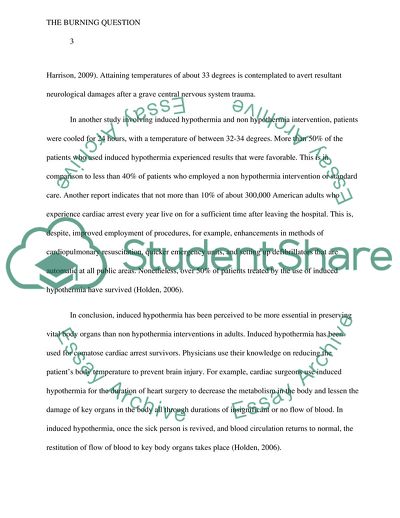Not Found (#404) - StudentShare. https://studentshare.org/medical-science/1780572-the-use-of-early-hypothermia-in-the-treatment-of-traumatic-brain-injuries
Not Found (#404) - StudentShare. https://studentshare.org/medical-science/1780572-the-use-of-early-hypothermia-in-the-treatment-of-traumatic-brain-injuries.


